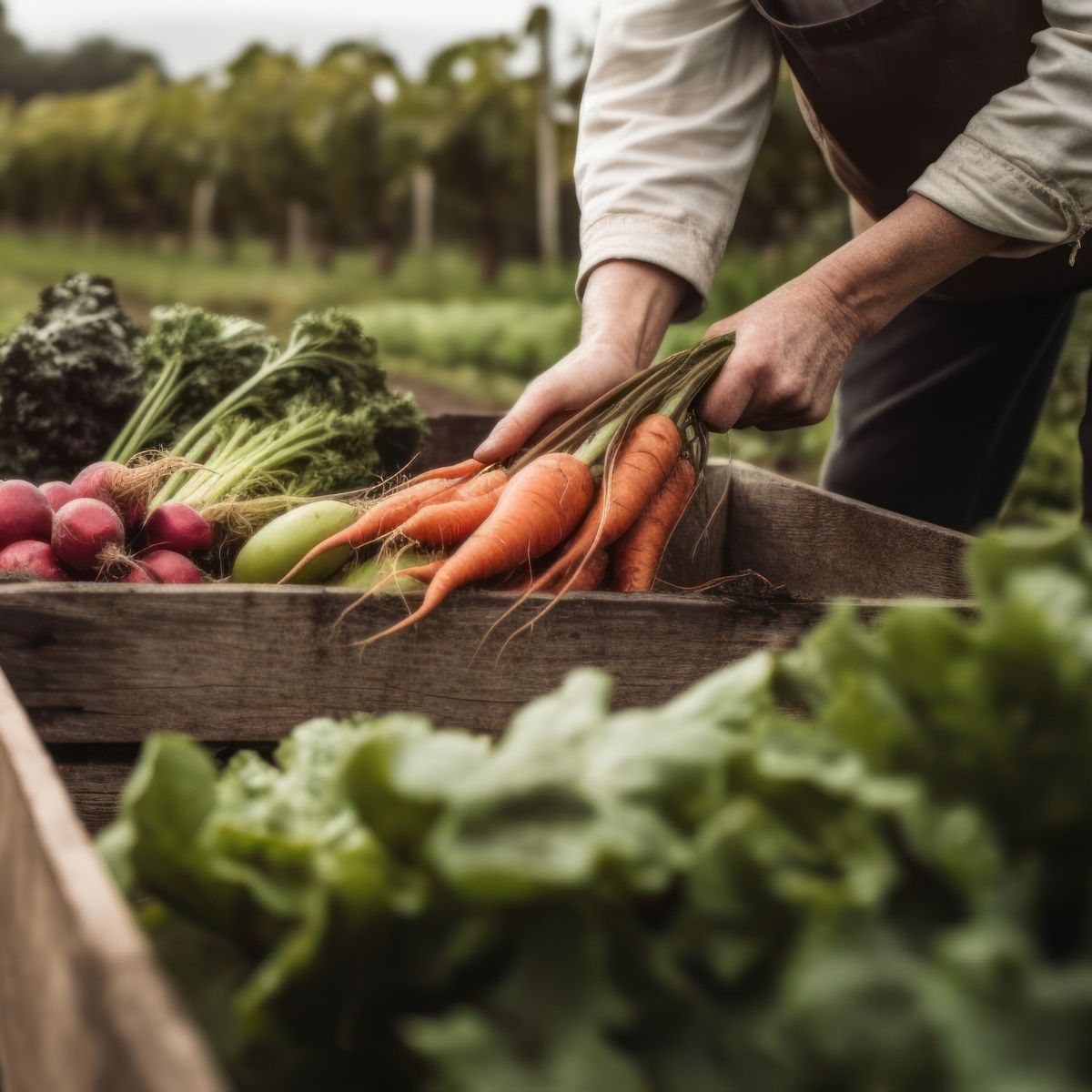

Changing tastes, a growing world population, and concerns over the environmental impact of the current food system are driving innovation in food production. The goal isn’t just to feed more people but to feed them well, with fewer resources and less waste. From agriculture to new protein sources, we are seeing sweeping changes across all industries. What does the future of food look like?
Food Tech
Technology has been integral to food production for many decades. But it is arguably becoming even more important, particularly for companies developing new highly processed plant-based products. Companies are trying to respond to shifts in consumer preference, but because research and development can be a long, slow process, they almost need to be able to anticipate demand. If they don’t adapt fast enough, they risk being left behind by their competitors. To that end, data is the missing link for brands looking to capitalize on the plant-based revolution.
Technology also allows food producers to identify previously unknown plant compounds and utilize them to create proteins, potentially improving the texture and flavor of meat substitutes. For example, protein ingredients are being created using novel sources like lupini beans, duckweed, and algae. There is also an increasing interest in fermentation and cultured proteins, although there’s still considerable debate over whether these products might have the same health effects as conventional animal foods. Finally, technological advances in robotics and 3D printing are changing how food is produced and prepared for consumers.
Agritech
Again, the influence of technology on agriculture has been apparent for many decades. However, technology will likely dominate agribusiness even more in the future. In particular, robotics and hydroponics are making it possible for people to grow food in new ways. Indoor farming, including vertical farming, is bringing viable agriculture into areas where it would otherwise be difficult or impossible to produce foods like leafy greens and tomatoes locally.
The argument in favor of this technology is that it will allow farms to produce larger yields than traditional farms using a fraction of the land, water, and energy. Food can grow all year in almost any location: arid climates, inner cities, and even inside grocery stores and restaurants. As a result, more people can access healthy, fresh food grown near the point of sale.
Traditional farmers can also use farm robots to monitor plant health, detect pests, remove weeds, and provide targeted irrigation, reducing some of the labor-intensive work and improving overall yields.

Sustainability
Sustainability was already a hot topic, but it’s continued to heat up since the COVID-19 pandemic revealed significant problems with the current food system. More people are becoming aware of the need for a food system that relies less on consolidated, large-scale farming and uses spaces and methods that aren’t currently harnessed for food production.
With rising concerns over carbon footprints and a growing interest in local food, leaders in the sustainability movement are focusing on:
Let’s back up and look at the bigger picture. How does our increased emphasis on sustainability square with the increasing use of technology in food? As mentioned in the first two sections, technology is not new in these sectors. If anything, technology has been central to the food industry for many decades, and the food system has become far less sustainable throughout this period.
This observation raises a few critical questions: Is it wise to turn to technology to improve an unsustainable food system? Is “innovation” in food production even necessary? Rather than producing new protein sources and ways of monitoring and destroying pests, what if we focused on whole plant foods that are easy to grow with fewer resources?
It would be naive to dismiss all applications of technology in food. And clearly, there have been positive changes in the food system. In many previously underserved areas, there is now a concerted effort to improve equal access to whole plant foods. Many are also focusing on reducing our reliance on chemical-heavy farming practices. Providing more people with affordable, fresh, nutritious food in their communities can create genuine farm-to-table experiences in places where it was never possible before.
Nevertheless, improving nutrition remains a hurdle, and this is not a problem food tech needs to solve. We don’t need alternative protein producers to focus on meeting consumers’ taste preferences while neglecting health outcomes. Just because these products are made from plant ingredients doesn’t mean they come close to being healthy. (This isn’t to say they can’t serve a purpose in helping people transition to healthier diets. You can read more about the pros and cons of meat substitutes here.)
For WFPB nutrition to take center stage in the future of food, we must work together to educate people about how food choices impact health. Educated consumers have the potential to drive demand, not simply for more plant-based products but for truly healthy, sustainable whole foods that can nourish the growing world population well into the future.
Copyright 2024 Center for Nutrition Studies. All rights reserved.